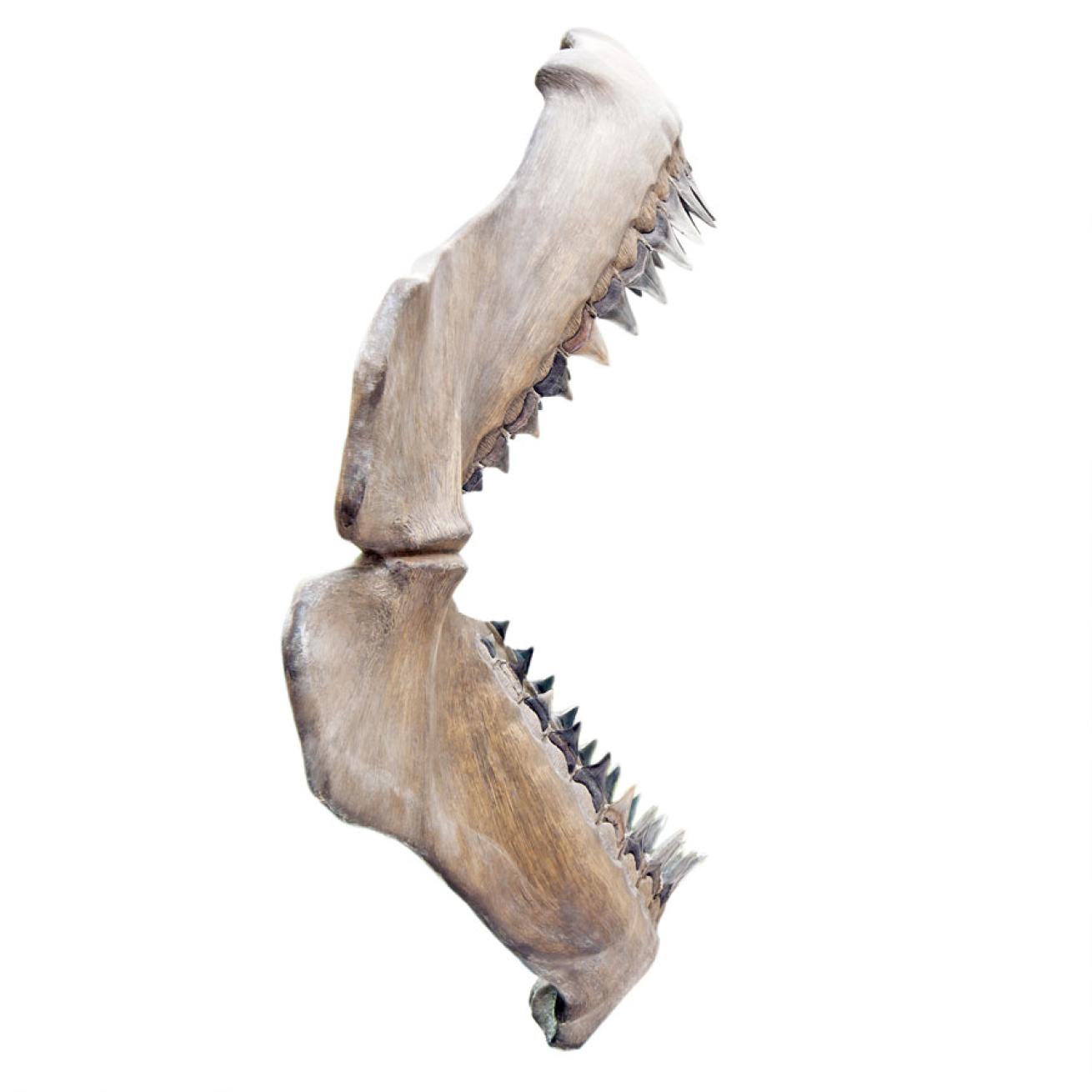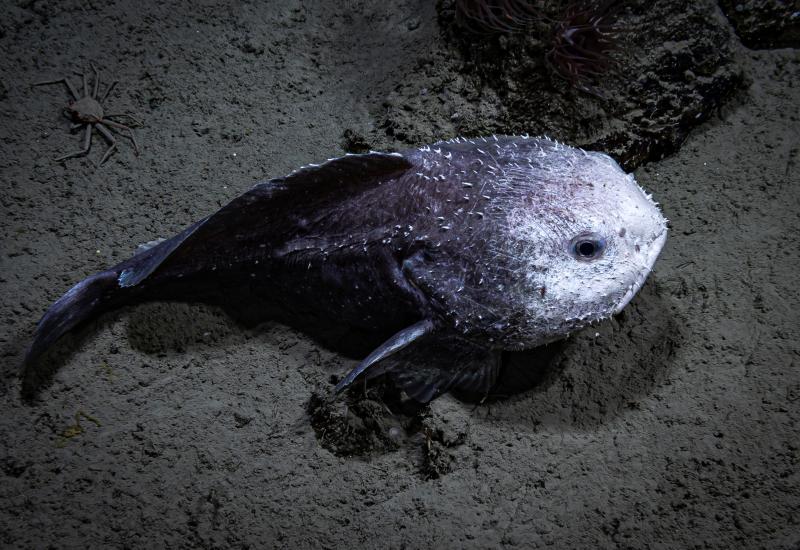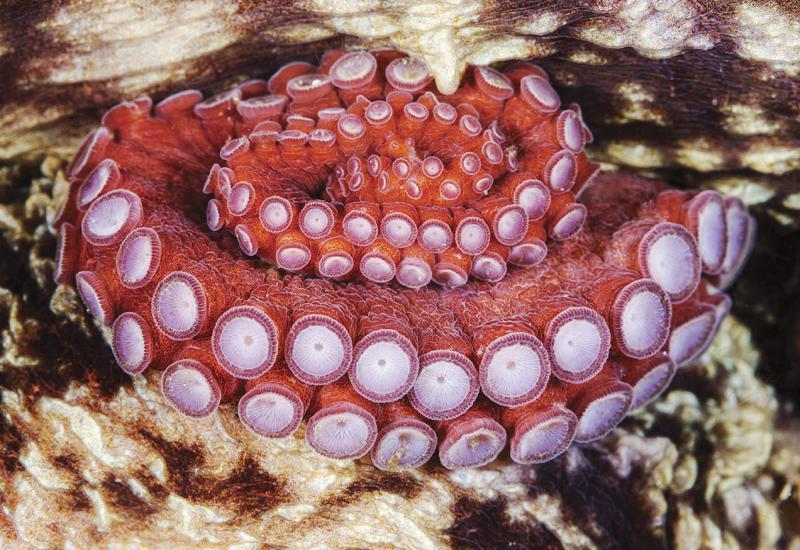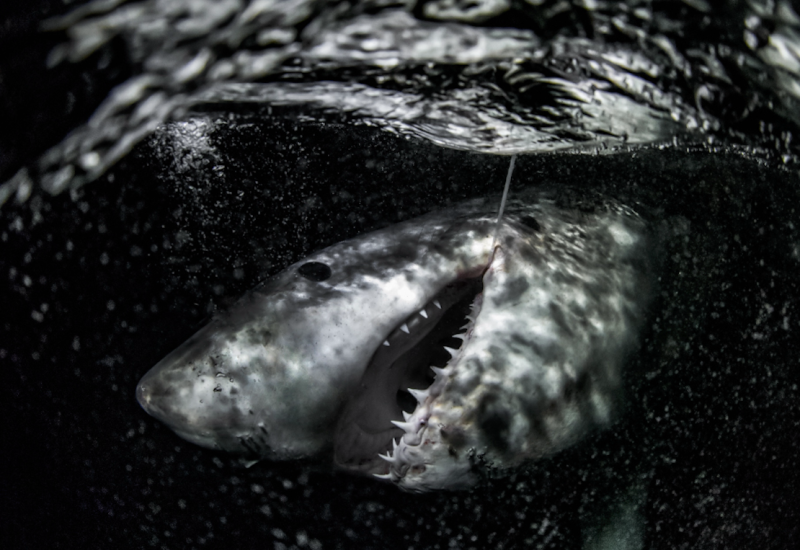Megalodon: Facts about the Prehistoric Shark
On first mention, a shark the size of a submarine seems like something that you might find playing poker with the Loch Ness Monster and Bigfoot on weekends. But mythical, this beast is not.
Megalodon, a top apex predator that owned the ocean until about two million years ago, is still making headlines today. In fact, there are some who believe the 50-plus-foot shark still lurks in the water. And, we can’t lie, we’re secretly interested in seeing Discovery Channel’s airing of “Megalodon: The New Evidence” during Shark Week.
But before you watch any more videos, documentaries or “mocumentaries” on the famed megalodon, arm yourself with the knowledge provided below.
Megalodon at a Glance:
- Megalodon is a lamnoid shark and is related to modern makos, porbeagles, great whites and many extinct shark species, according to the Florida Museum of Natural History.
- The largest carnivorous fish on Earth lived about 16 million years ago and mysteriously disappeared roughly two million years ago.
- Scientists have estimated that megalodon’s body was about 60 feet long and had a body mass of 77 tons — bigger than a Tyrannosaurus rex, according to the FMNH. Comparatively, modern great white sharks grow to about 20 feet long.
- The only existing marine animal that's larger is the blue whale, which can grow as big as 100 feet and weigh more than 150 tons.
- Megalodon had about 276 teeth at any given time, many of which measured 7 inches in length.
- The giant shark ate an estimated 2,500 pounds of food daily, and is thought to have even preyed upon whales.
- One theory on megalodon’s extinction is that it was unable to adapt to the cooler ocean temperatures of the Miocene period.
- Another theory is that the species was out-competed for food sources by killer whales and other underwater carnivores.
Megalodon "Sightings"
While there haven't been discoveries of freshly shed megalodon teeth to date — though prehistoric teeth have been found in Africa, North America, South America, India, Australia, Japan and Europe — Discovery Channel created a fun documentary for Shark Week 2013 with reported "evidence" of a living megalodon.

ShutterstockA computer-generated image of what a mega-shark may have looked like.
On first mention, a shark the size of a submarine seems like something that you might find playing poker with the Loch Ness Monster and Bigfoot on weekends. But mythical, this beast is not.

ShutterstockFossilized teeth from the prehistoric megalodon shark have been found across the globe.
Megalodon, a top apex predator that owned the ocean until about two million years ago, is still making headlines today. In fact, there are some who believe the 50-plus-foot shark still lurks in the water. And, we can’t lie, we’re secretly interested in seeing Discovery Channel’s airing of “Megalodon: The New Evidence” during Shark Week.

ShutterstockThe jaws of the megalodon shark have often been recreated, but no one knows exactly what the prehistoric shark looked like.
But before you watch any more videos, documentaries or “mocumentaries” on the famed megalodon, arm yourself with the knowledge provided below.
Megalodon at a Glance:
- Megalodon is a lamnoid shark and is related to modern makos, porbeagles, great whites and many extinct shark species, according to the Florida Museum of Natural History.
- The largest carnivorous fish on Earth lived about 16 million years ago and mysteriously disappeared roughly two million years ago.
- Scientists have estimated that megalodon’s body was about 60 feet long and had a body mass of 77 tons — bigger than a Tyrannosaurus rex, according to the FMNH. Comparatively, modern great white sharks grow to about 20 feet long.
- The only existing marine animal that's larger is the blue whale, which can grow as big as 100 feet and weigh more than 150 tons.
- Megalodon had about 276 teeth at any given time, many of which measured 7 inches in length.
- The giant shark ate an estimated 2,500 pounds of food daily, and is thought to have even preyed upon whales.
- One theory on megalodon’s extinction is that it was unable to adapt to the cooler ocean temperatures of the Miocene period.
- Another theory is that the species was out-competed for food sources by killer whales and other underwater carnivores.
Megalodon "Sightings"
While there haven't been discoveries of freshly shed megalodon teeth to date — though prehistoric teeth have been found in Africa, North America, South America, India, Australia, Japan and Europe — Discovery Channel created a fun documentary for Shark Week 2013 with reported "evidence" of a living megalodon.










